Best mosquito repellent plants: use these as a natural mosquito repellent
Choose the best mosquito repellent plants for pots and borders so you can enjoy bite-free summer evenings in the garden


Fill your garden with the best mosquito repellent plants and you'll no longer have to dread the tell-tale whine of a pesky biting mosquito on a warm summer night. Mosquitoes are one of the few drawbacks of outdoor living, but you can cut down on the number of troublesome bugs by choosing to fill your garden with plants which act as a natural deterrent.
There are few of us who don’t react in some way to the bites of these common insects. Some people experience a small red bump, while others react more strongly. Either way, it’s an irritation we can all do without, and the good news is, there are some plants that will help to get rid of mosquitoes.
The science is simple. 'The aromatic oils found in the leaves of certain plants help both to repel mosquitoes and mask the scent that some people produce, that makes us so attractive to them,' say the experts at Rentokil.
Different plants contain various compounds which emit a strong aroma. The effect can be strengthened by breaking or crushing the leaves, or in the case of rosemary and sage, cutting a small bunch and tossing it on the barbecue to create an aromatic smoke which wards off the pests. Other plants have a strong enough scent to put off mosquitoes just by their presence.
The best mosquito repellent plants: 10 options for your plot
Even the best mosquito repellent plants cannot eradicate all mosquitoes from the garden, but including a selection of natural green repellents may just cut down the number of bites, and in the process, will help to create a beautifully aromatic and sensory space. With that in mind, we've rounded up the top ten plants to keep mosquitoes at bay this summer.
1. Basil
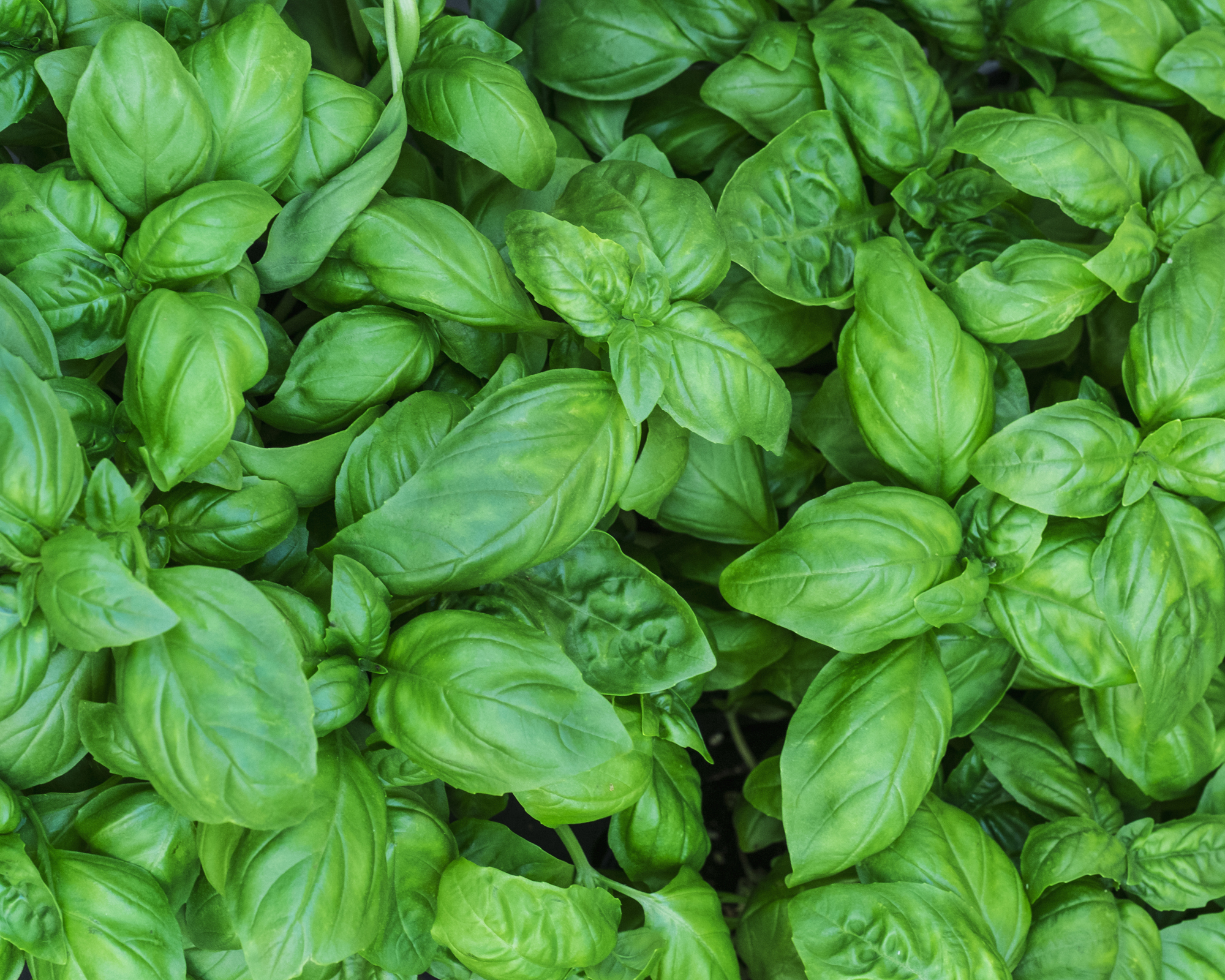
Probably the most powerful of the best mosquito repellant plants, basil contains four mosquito-repelling compounds. Estragole, citronellal, limonene and nerolidol combine to make it a force to be reckoned with. A 2009 study showed that basil oil is toxic to mosquito larvae. It’s the strong smell which keeps the bugs away from human skin, however, and the leaves emit the aroma without being crushed or bruised.
For the best results with how to grow basil, remember that it thrives in warm conditions, so grow it on a sunny windowsill, transferring outside in the warmest weather when it can be placed around seating areas. Keep the soil moist, and avoid watering the leaves – aim for the compost around the plant instead. Always pick the leaves from the top of the plant, as this will encourage a bushier shape and plenty of new growth.
2. Lemon balm

This herb contains a compound called citronellal which gives it a strong aroma that's unpleasant to mosquitoes. It works especially well when the leaves are picked, then gently crushed and wiped over the wrists and ankles, areas where the bugs love to bite. It’s also valued as a soothing remedy if the critters do catch you unawares.
An easy grower, the perennial is perfect for pots or garden borders. Keep it well watered, and away from direct, hot sunshine.
3. Lavender
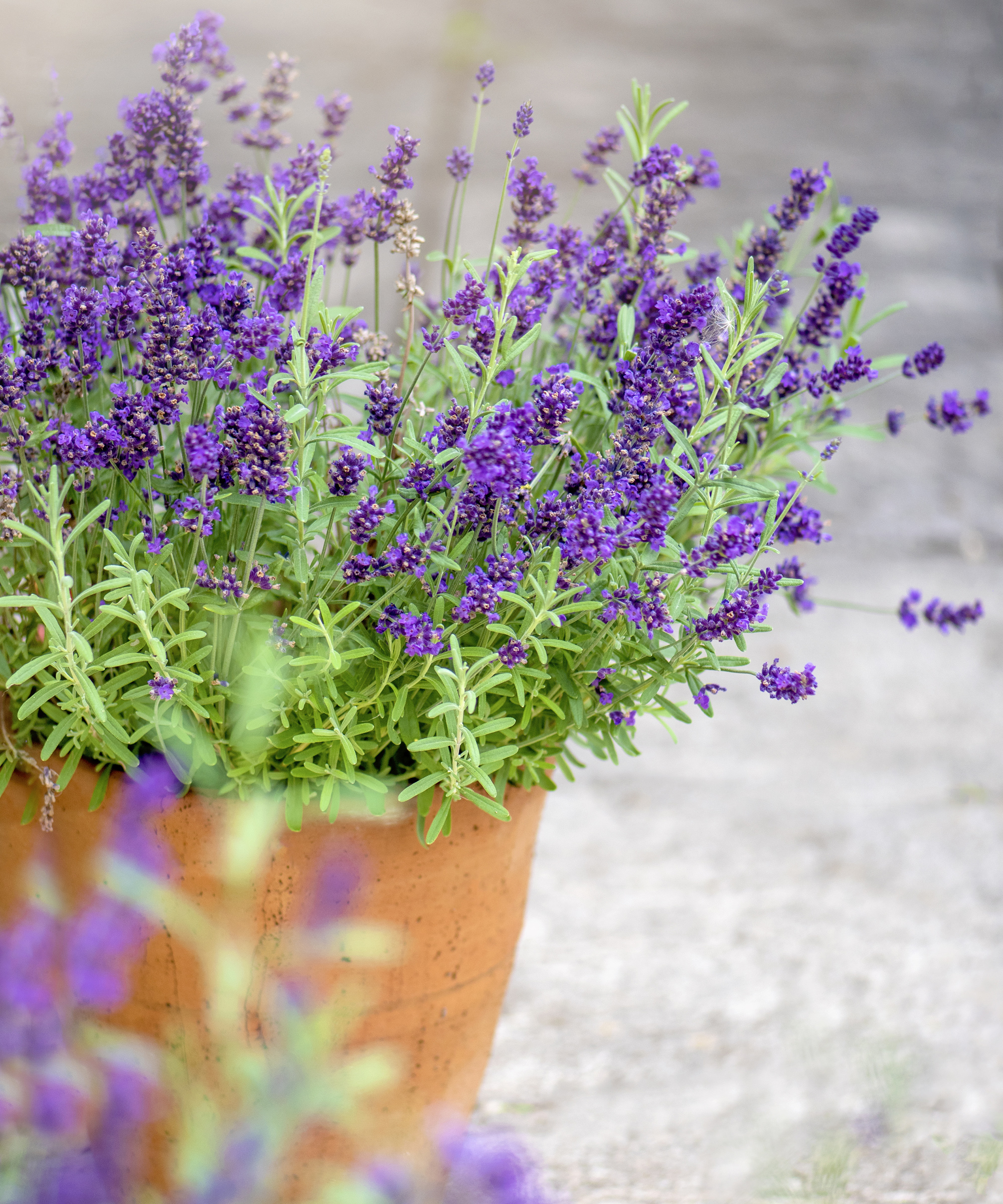
Leaning how to grow lavender? Then you'll be pleased to know it's a great option for one of the best mosquito repellent plants. It contains up to 25 per cent of a non-toxic compound called linalool, which is thought to hinder mosquitoes’ ability to sense their human hosts.
In addition, it’s a drought-tolerant, low-maintenance plant which enhances beds, borders and pots. Full sun, well-drained soil and a bit of light pruning at the right time is all you need to keep lavender happy.
Want to know how to prune lavender? Trim it lightly in early spring when the leaf buds start to show, and give it a more radical hair cut after flowering, avoiding the woody stems. Try varieties called Munstead or Hidcote for a scent-packing punch.
4. Nepeta
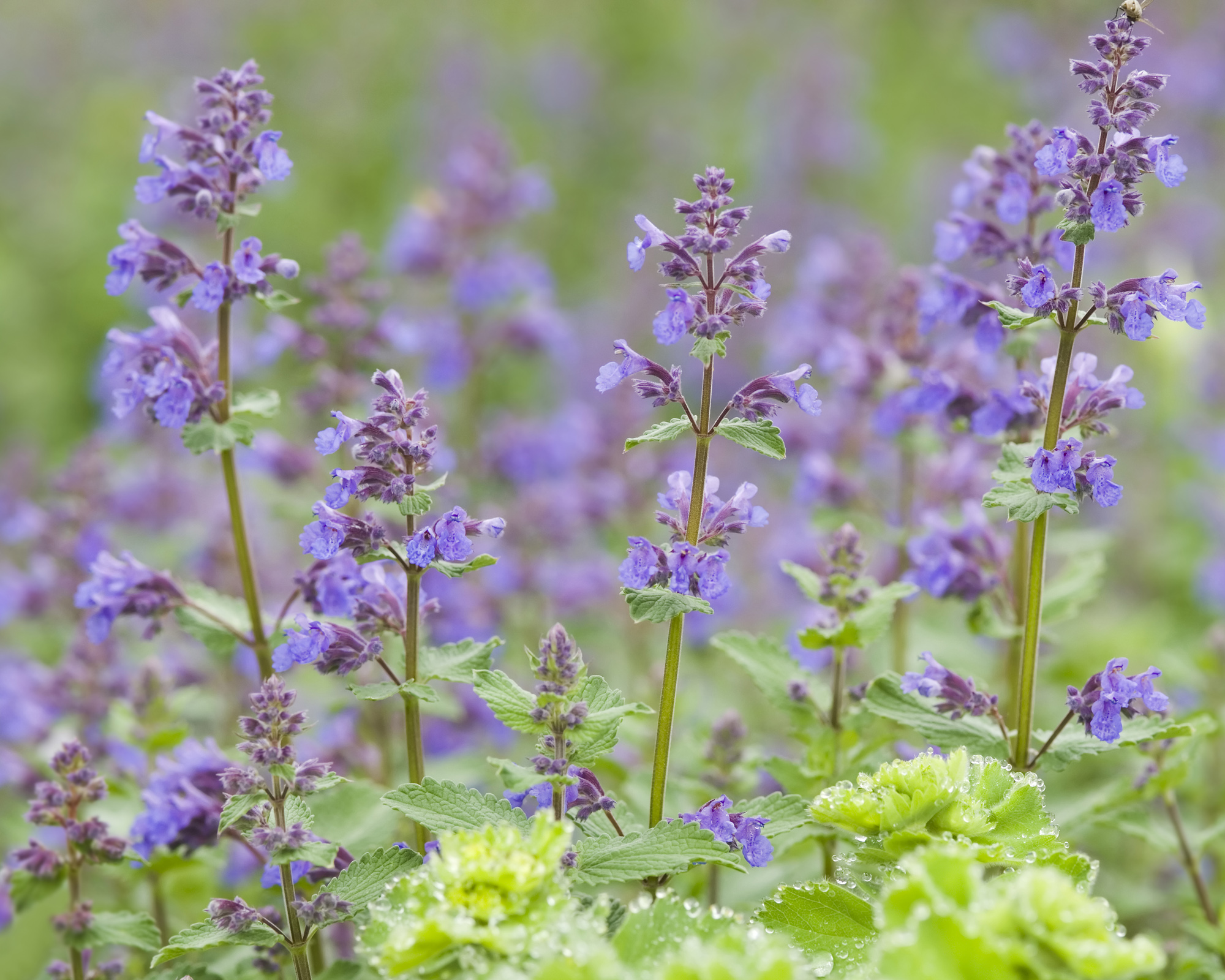
Also known as catnip or catmint, this is a beautiful and useful perennial plant, with grey green foliage and misty purple flowers. It’s ideal for big, blooming borders.
The active ingredient is called nepetalactone, which a 2001 study found to be more effective at repelling mosquitos than DEET, the compound most often used in over-the-counter preparations.
Nepeta needs well drained soil, full sun and plenty of water (so remember to keep watering plants in hot weather), but once established, it will romp away. Cut it back in late May to ensure a more compact shape and plenty of flowers until the first frosts.
5. Pelargonium ‘Citronella’

The small, pinkish purple flowers of this plant are attractive but it’s the strong lemon-scented leaves which make it a great choice for the best mosquito repellent plants.
The foliage needs to be bruised to release the scent (and despite the name, it’s not the same citronella which is an ingredient of some commercially produced insect repellents).
An evergreen plant, it grows to around 1.5m tall in a sheltered spot and with full sun. It is a good candidate for container gardening ideas, as this will allow you to move it around while you are sitting outside, and then safely overwinter it in a greenhouse or conservatory.
According to the experts at Haskins Garden Centres growing the best mosquito repellent plants in pots is a smart move. 'Grow them in a pot which can be moved around and placed next to seating areas, windows or doors,' they advise.
6. Mint
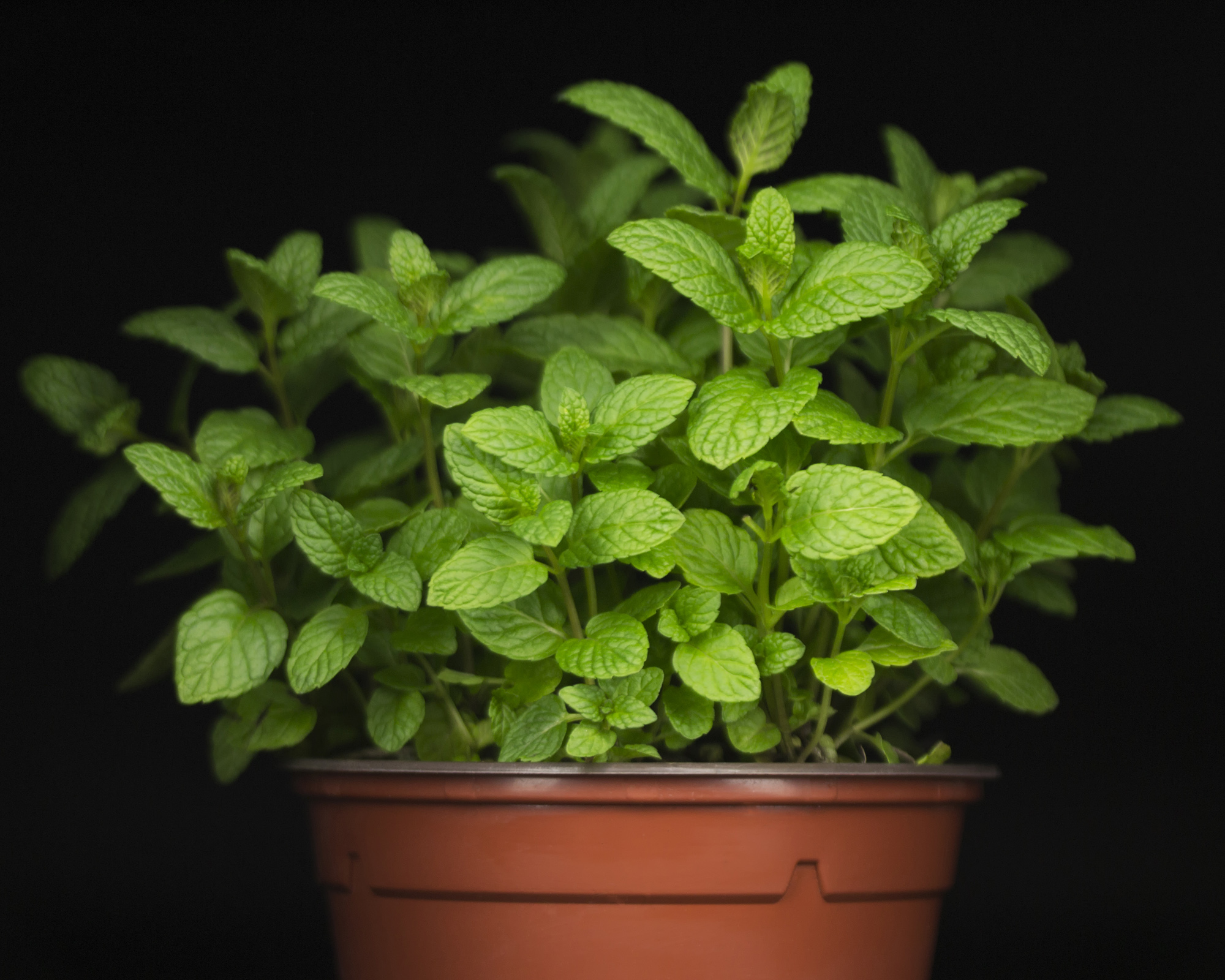
Studies have shown that mint stops mosquitoes in their tracks, and it’s an ideal choice for beginner gardeners.
Mint is split into two varieties, peppermint (Mentha piperita vulgaris) and spearmint (Mentha spicata). For top repellent properties, choose a peppermint, rather than a spearmint, as they have a higher menthol content (40 per cent as opposed to 0.5 per cent).
Always learn how to grow mint in pots as it's invasive and will take over your beds and borders if planted there. It ideally needs a spot in semi shade and you should cut it back to encourage new growth.
Mint oil has been shown in scientific studies to make mosquitoes go ‘nose blind,’ so they cannot detect potential victims. The oil is released by rubbing leaves directly into the skin.
Our top tip? A natural anti-mosquito spray can be made by crushing up several handfuls of mint leaves and combining with a rubbing alcohol. Decant into a spray bottle and shake before using.
7. Sage
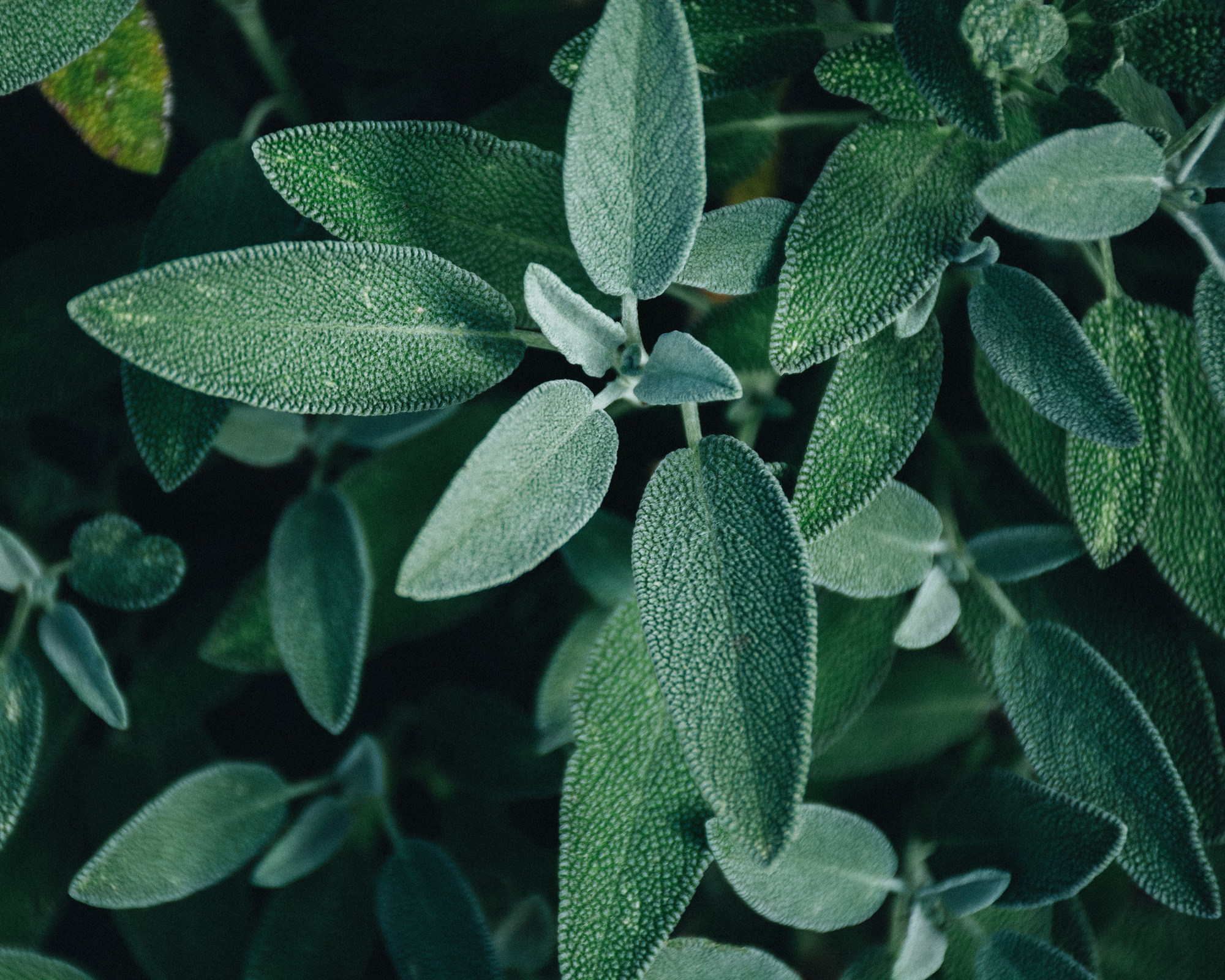
Sage is particularly effective as one of the best mosquito repellent plants when it’s tied in a bunch and burnt in the fire pit or tossed on to the barbecue, where it will release an aromatic smoke that wards off bugs. If you love the idea of warding off mosquitoes in this way, don't forget you can find the best fire pits for the job in our buying guide.
Sage can be a tricky plant to establish, requiring a sunny spot and well drained soil. Cut back after it flowers in the spring, but avoid pruning in summer or autumn.
Green sage is the most common variety, but purple sage is a lovely addition when planted in a swathe in borders. Do bear in mind that the plants may need replacing every four to five years.
8. Marigold
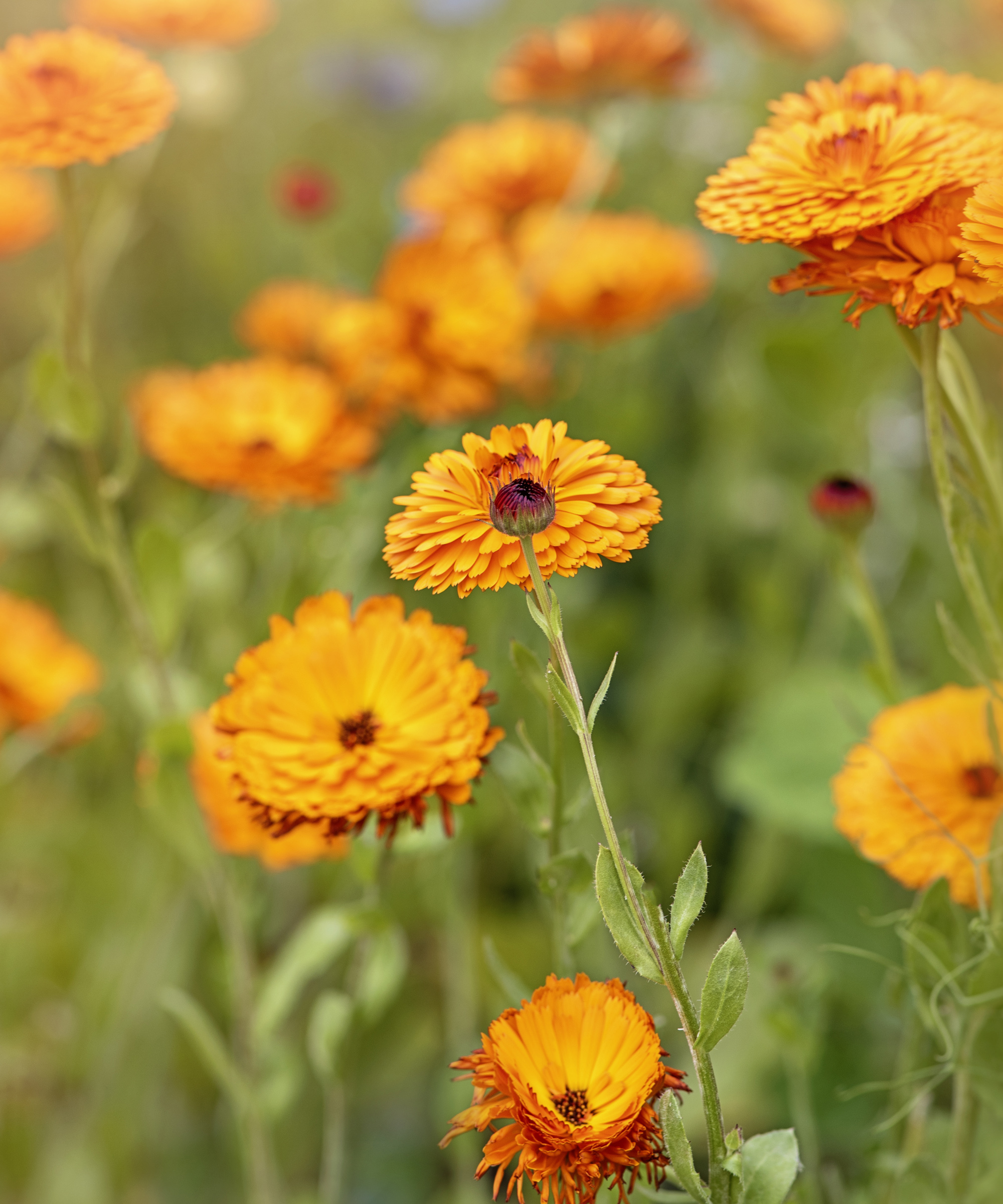
Many of us learn how to grow marigolds for their cheery color, not their scent, but it’s actually their subtle smell which makes them a handy weapon in the war against mosquitoes.
They contain a compound called pyrethrum, which is used in commercial insect repellents. These pretty annuals are so simple to grow from seed: just sprinkle in the soil at the end of May, or start them off indoors, sowing about six weeks before the last frosts. They are suitable for containers, which can then be placed around your outdoor seating ideas to ward off biting bugs.
9. Bee Balm

It’s also known as Monarda or Bergamot, and this north American native has to be the most beautiful of the best mosquito repellent plants, with showy, shaggy topped flowers through summer.
The leaves contain a fragrance which mosquitoes detest. Crushing amplifies the aroma, but even without, bee balm has the power to keep them at bay. Bee balm will grow in shade and semi-shade, and it’s a tall, herbaceous perennial which does well in borders. Deadhead it regularly to keep the gorgeous blooms coming.
10. Pennyroyal
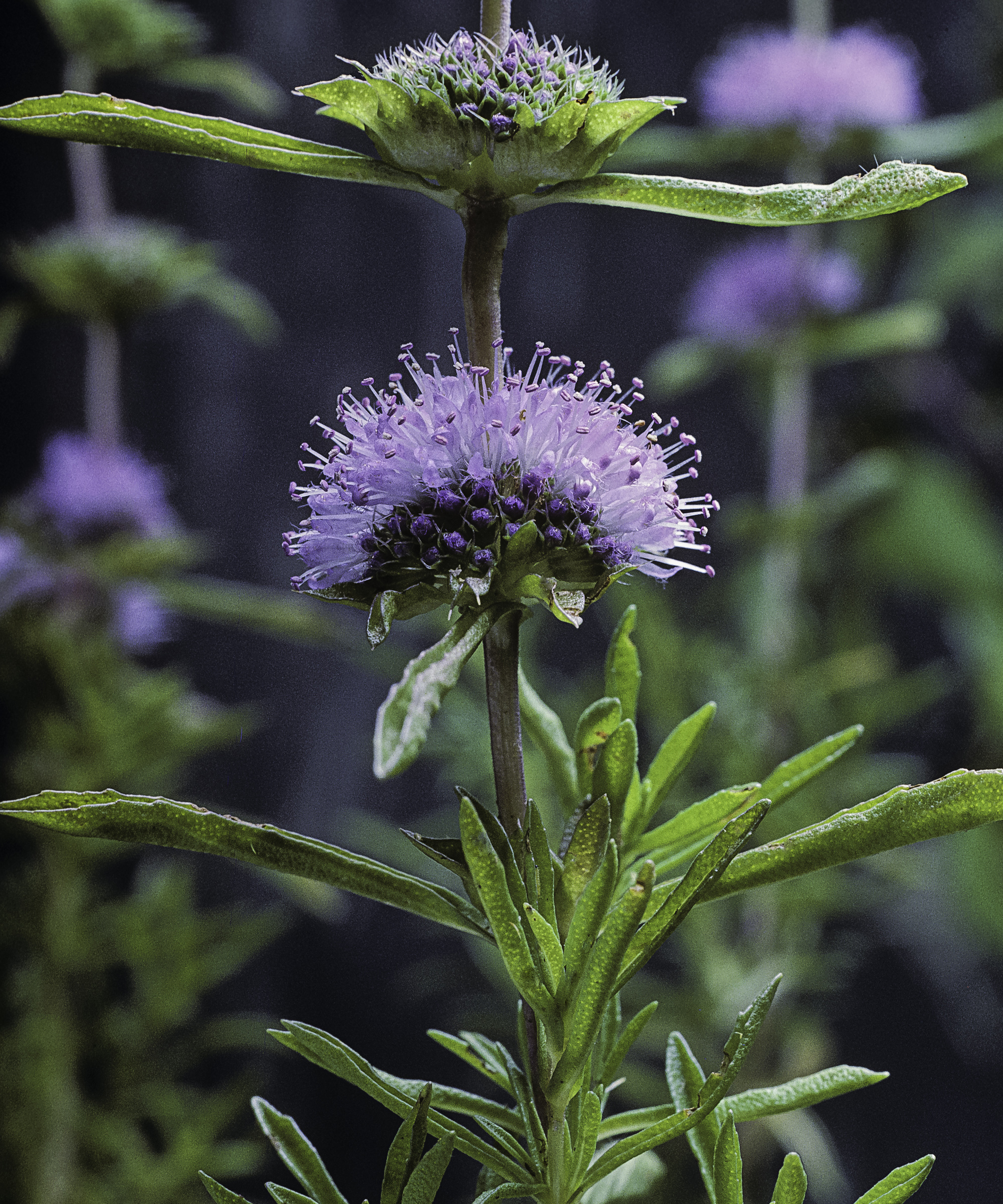
A low spreading, mat forming hardy perennial with tiny lavender-colored flowers and a pungent, spearmint smell, this plant has been used as an insect repellent for centuries.
It is ideal for pots and tubs, making it a lovely option for your patio gardening ideas. It should be kept moist and well-watered, and fed fortnightly over the summer.
The active ingredient is pulegone, and it’s important to note that it is toxic to cats and dogs, and it should not be ingested by humans. There's more advice on the most poisonous plants for dogs and plants that are poisonous to cats in our expert guides.
Can you use plants to soothe mosquito bites?
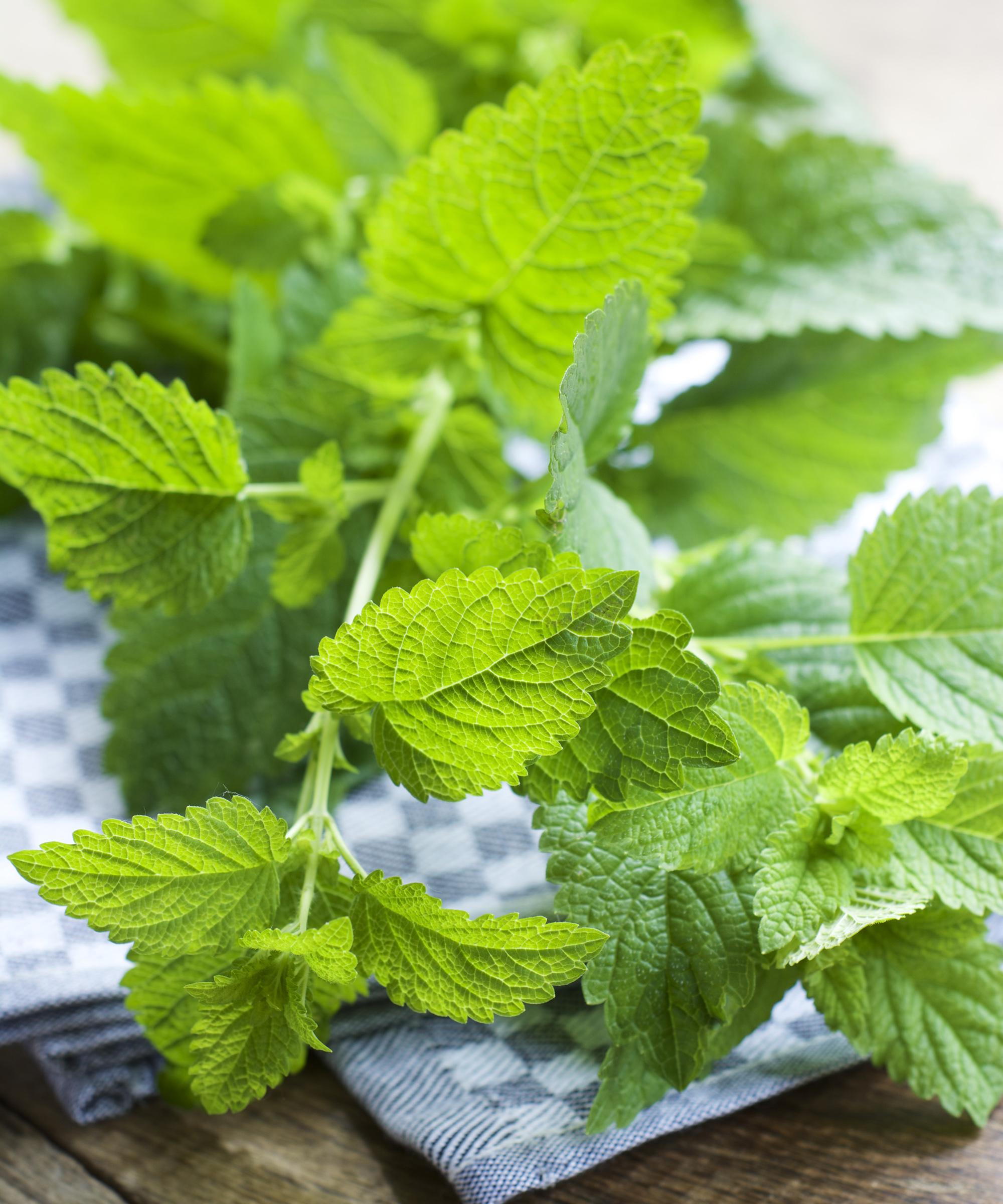
If the worst happens and mosquitoes do bite, try chopping up some lemon balm leaves and rubbing them into the affected area. This may help to calm the area and prevent itching as the plant’s leaves contain a natural antihistamine. If the bites are widespread, tie some freshly chopped lemon balm leaves into a cloth bag and drop it into a warm bath.
What other natural ways are there to deter mosquitoes from the garden?
Mosquitoes can breed in the smallest areas of standing water, including rain water which collects in blocked guttering, clogged drains and even in a few centimetres at the bottom of an abandoned flower pot or neglected bird bath ideas.
To avoid the risk, keep an eye on damp areas, clean out pipes regularly, clear stagnant pools of water where possible and add a cover to water butts. Trim back overgrown shrubs and bushes to minimize the dank, shady spaces that mosquitoes love.

An experienced freelance journalist, editor and columnist writing for national magazines and websites, Fiona now specialises in gardens. She enjoys finding and writing about all kinds, from the tiniest town plots to impressively designed ones in grand country houses.
